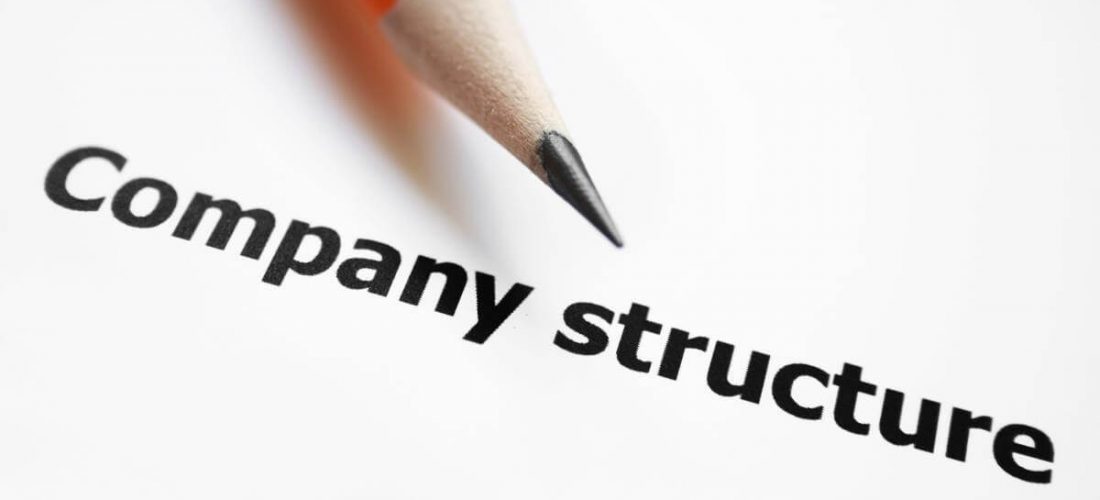Exploring the Operational Characteristics of Firm Redundancy and Its Long-Term Sustainability

Redundancy Strategies for Company Continuity
In order to make sure uninterrupted operations, businesses should execute efficient redundancy approaches for organization connection. Redundancy in this context describes the replication of vital elements or features within a system to alleviate the influence of prospective failures. By integrating redundancy strategies, companies can boost their resilience versus disruptions triggered by different elements such as all-natural catastrophes, tools failures, or cyber-attacks.
One usual redundancy strategy is the implementation of back-up systems and data storage space remedies. This includes creating duplicates of crucial information and systems that can be activated in case of a primary system failure. Furthermore, companies can develop repetitive communication channels and power resources to preserve connectivity and operations during unpredicted occasions.
Additionally, cross-training workers to perform multiple functions within the company can offer as a valuable redundancy method. If crucial workers are unavailable due to health problem or various other factors, this ensures that important jobs can still be lugged out also. Generally, effective redundancy strategies are crucial for businesses to promote functional connection and minimize the influence of possible disturbances.
Influence of Redundancy on Business Resilience
Given the crucial duty redundancy methods play in making sure company continuity, checking out the effect of redundancy on business durability comes to be important for comprehending the all natural operational dynamics of a firm. Redundancy, when tactically executed, can considerably contribute to boosting a company's resilience in the face of unforeseen challenges.
Furthermore, redundancy can cultivate advancement and creativity within an organization as workers feel empowered to take calculated risks, knowing that there is a security net to sustain them in instance of failing. Generally, the impact of redundancy on business strength is profound, forming the long-lasting sustainability and success of a company.
Stabilizing Effectiveness and Adaptability in Redundancy
Attaining a harmonious stability in between operational effectiveness and adaptive versatility is a crucial difficulty in the calculated implementation of redundancy within organizations. Reliable operations are important for keeping productivity and cost-effectiveness, making sure that sources are made use of ideally. Nonetheless, extreme emphasis on efficiency alone can bring about rigidity, making it hard for organizations to adapt to unanticipated changes or obstacles. On the various other hand, versatility permits companies to react nimbly to evolving circumstances, promoting innovation and resilience. Yet, way too much flexibility without a strong operational foundation can lead to inefficiencies and inconsistency.
To balance efficiency and adaptability in redundancy preparation, organizations need to meticulously examine their operational demands, market dynamics, and calculated goals. Ultimately, discovering the best stability in between performance and flexibility is essential for building a durable and sustainable organization in the face of unpredictability.
Long-Term Sustainability Through Redundancy Planning
To guarantee long-lasting practicality and security, organizations must purposefully align their redundancy preparation with long-term sustainability objectives, thus balancing operational effectiveness with flexible flexibility. Long-lasting sustainability via redundancy planning entails greater than just short-term cost-cutting procedures. It needs a thorough tactical approach that prepares for future challenges and chances. Firms should check out redundancy not as a reactive option to prompt problems but as a positive technique why not find out more for long-lasting success. By integrating redundancy preparation with sustainability purposes, companies can produce a resistant framework that can endure various market variations and internal changes.

Aggressive Procedures for Sustainable Firm Operations
Exactly how can business proactively enhance their operational sustainability for lasting success? Executing aggressive measures is vital for firms intending to make sure sustainable operations.
Furthermore, promoting a society of constant improvement and learning within the company can boost adaptability to altering market conditions and customer demands. Motivating worker participation in decision-making processes and offering chances for expert advancement can improve morale, performance, and general performance. Establishing clear objectives, monitoring key efficiency indicators, and frequently assessing development are vital parts of proactive sustainability monitoring.
Working together with suppliers, customers, and various other stakeholders to promote sustainable techniques throughout the supply chain can produce a ripple effect of favorable impact - redundancy pay if company goes bust. By taking aggressive steps in the direction of functional sustainability, business can construct resilience, drive technology, and secure their long-term success read in an ever-evolving organization landscape
Conclusion

In the realm of business management, the strategic release of firm redundancy stands as an essential yet intricate technique that demands a fragile balance between functional efficiency and lasting viability. By dissecting the functional characteristics that underpin business redundancy and reviewing its broader implications for business strength and adaptability, a nuanced understanding of just how redundancy strategies can form the future trajectory of a company starts to unravel.Given the important role redundancy techniques play in ensuring company continuity, checking out the influence of redundancy on business strength ends up being important for recognizing the holistic operational dynamics of a company. In general, the influence of redundancy on business resilience is profound, shaping the long-lasting sustainability and success of a firm.
In conclusion, understanding the operational dynamics of business redundancy is critical for guaranteeing long-lasting sustainability.